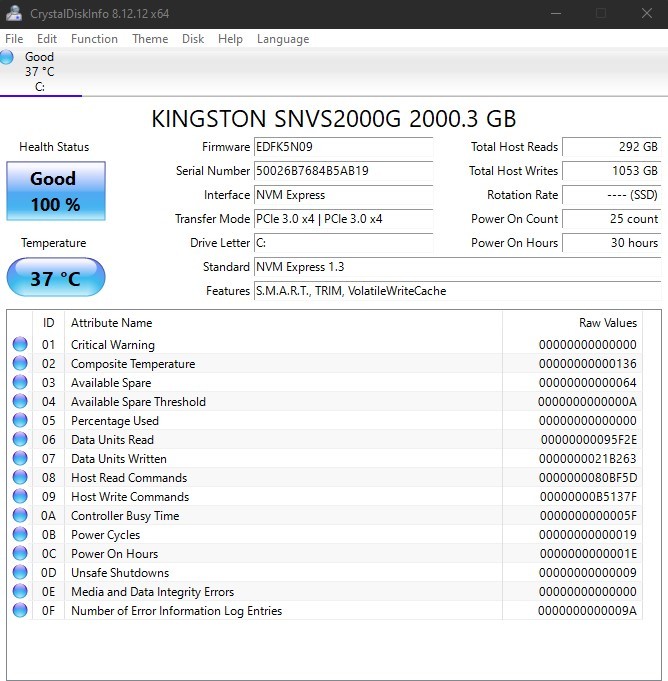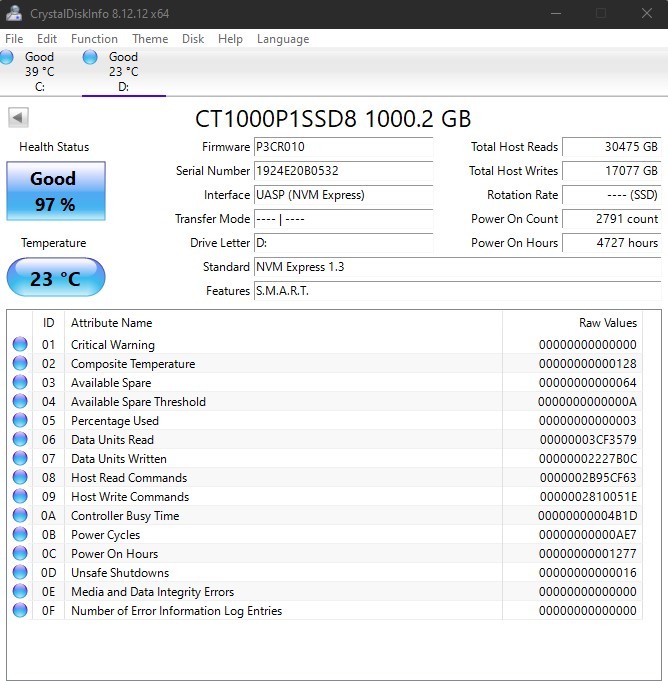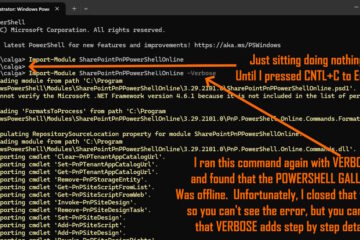If you have an M.2 SSD you might want to know how to figure out if it is healthy or not.
These two screen shots show the health check results of our old Crucial P1 which is still in great shape (and likely will be for many years to come) and our new Kingston NV1 M.2 SSD that has only been used for a few days now:
Because nearly all of the information shown comes directly from a table on the SSD, how you have it connected is not that important. In our case, the Kingston NV1 is inside our Dell Inspiron 5477 All-in-One, where as the Crucial P1 is connect via USB adaptor. That is why the P1 shows no information on the TRANSFER MODE field.
If you want to see how we easily transitioned from one M.2 SSD to a new M.2 SSD on a PC with just a single M.2 slot running Windows 11 and did not lose a single bit of data, watch our video.
You can easily determine the health of an M.2 SSD using free utilities. In our case, we used Crystal Disk Info (aka. CrystalDiskInfo which you can download for free HERE )to figure out what the current health of our M.2 SSD’s are.
In addition to the overall health status provided by this tool you will want to pay attention to the following fields:
- CRITICAL WARNING: Having anything above zero here is not a good thing
- MEDIA INTEGRITY ERRORS: Having anything above zero here is not a good thing
- POWER ON HOURS: The number of hours an M.2 has been running is not the best indication of “how much life remains” on the drive because:
- SSD’s should last decades
- SSD’s are lasting longer than even what they are spec’d for
- skim THIS Ontrack article for more details
- DATA UNITS WRITTEN: Again, SSD’s are pretty solid (pun intended) and unless the drive is coming out of a heavy use server, it’s usage is likely nowhere near its specified life





0 Comments